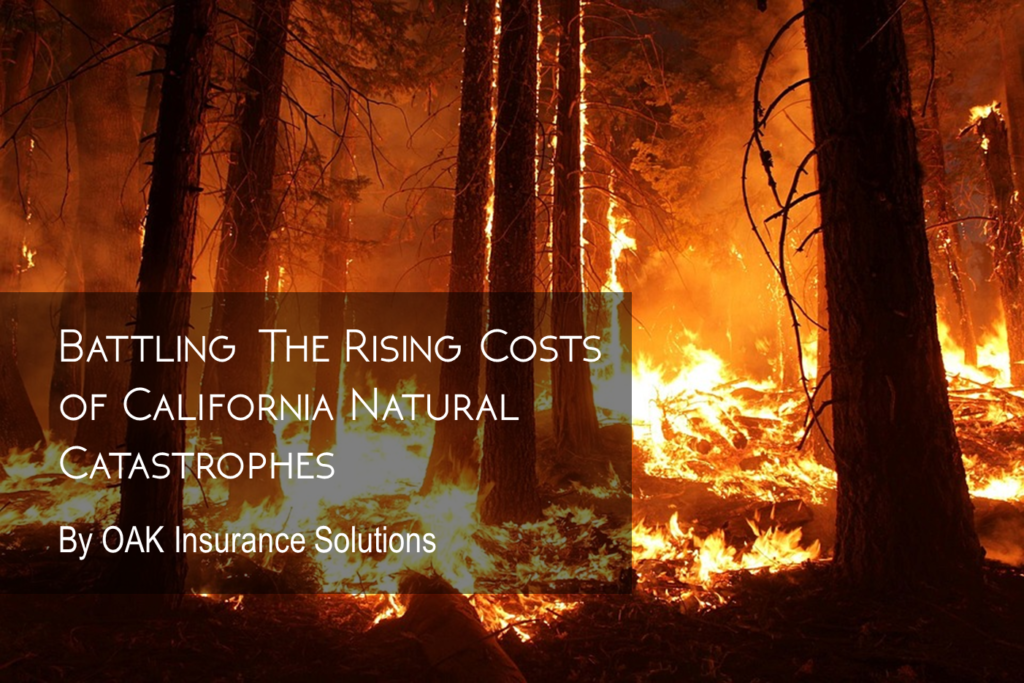
In response to increasing costs of natural catastrophes in California, such as those associated with wildfires, earthquakes, and floods, the California Disaster Insurance bill (SB 290) was recently passed by key committee vote.
The bill aims to function like home insurance, except the state will pay for the premiums using existing emergency funds in event of a catastrophe. It has been said, that due to California’s climate changes, devastating wildfires have been and will continue to rise.
Senator Bill Dodd, who introduced the legislation, said:
“Climate change has led to devastating wildfires, and we need a strategy to reduce the strain that puts on the state’s coffers. Unpredictable disaster costs require large budget reserves and threaten cuts to critical programs. Allowing the state to invest in an insurance policy will provide predictability and limit taxpayers’ risk of increasing disasters costs.”
With a rise in associated costs, the Insurance Journal explains:
“California has seen the cost of fighting wildfires grow to record levels over the past decade. California spent $947 million in 2017-18 through the emergency fund for firefighting – nearly $450 million more than budgeted, according to Cal Fire. The costs of fighting wildfires have overrun Cal Fire’s emergency budget in seven of the last 10 years. Since 2007, California has experienced 11 of the top 20 most destructive fires in its history.”
Without an insurance policy in place, large budget reserves and threatened cuts to critical programs are at risk to help pay for these costs. With insurance, however, the risk of passing costs to tax papers will decrease.
The bill now moves to the Senate Committee on Appropriations. If the law actually passes, California would be able to officially engage with the insurance industry and figure out how to pay California’s high firefighting costs. It would provide an alternative solution for protecting our communities and our budget in a disaster. It would offer us the flexibility to invest in prevention. It would further keep insurance affordable, despite rising natural threats, like climate change.
Stay tuned for further updates.

